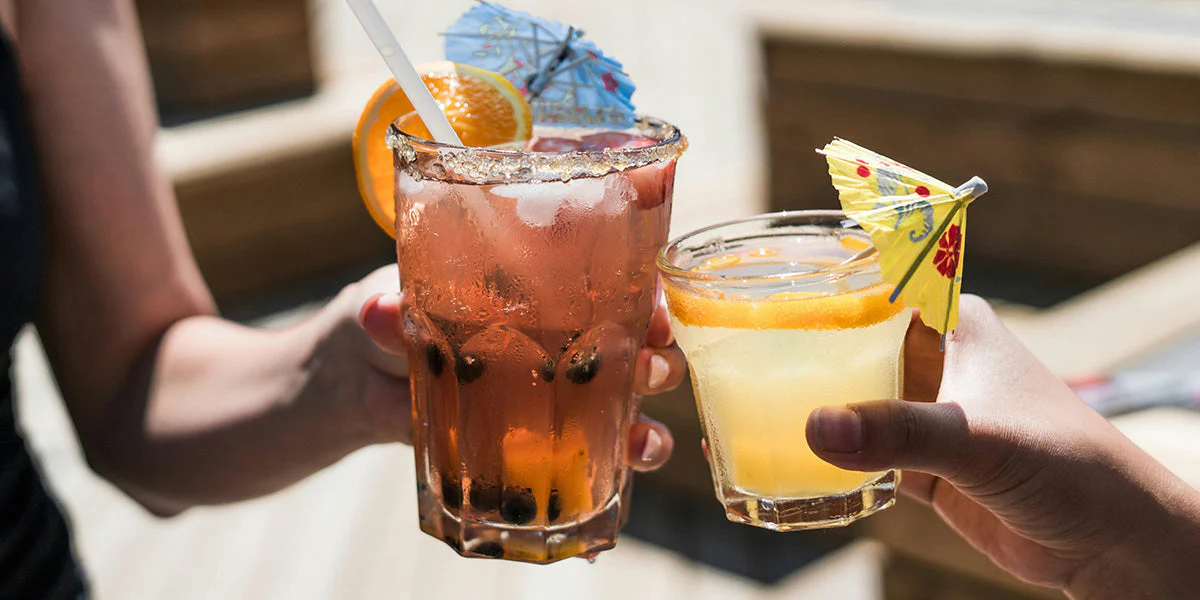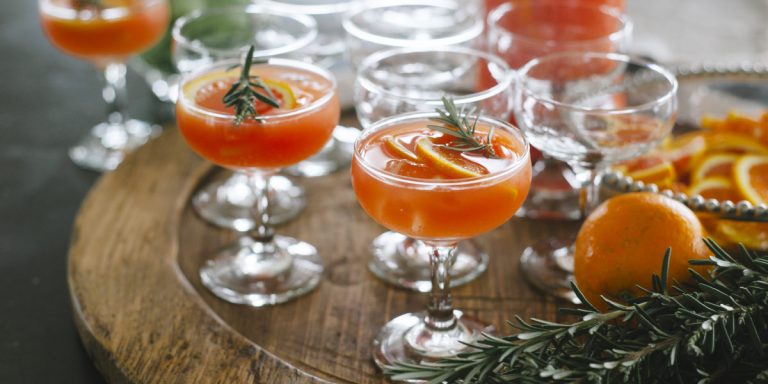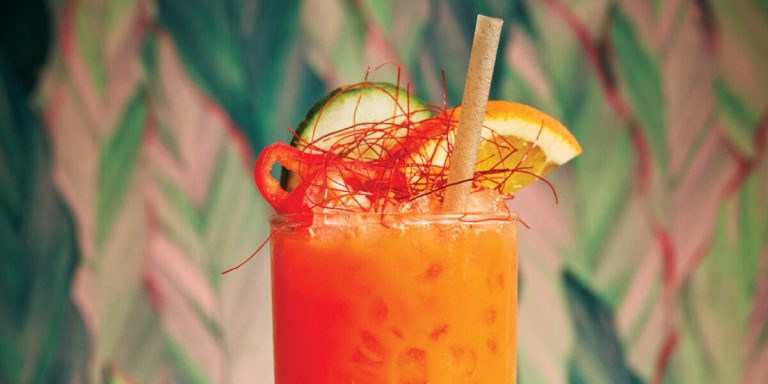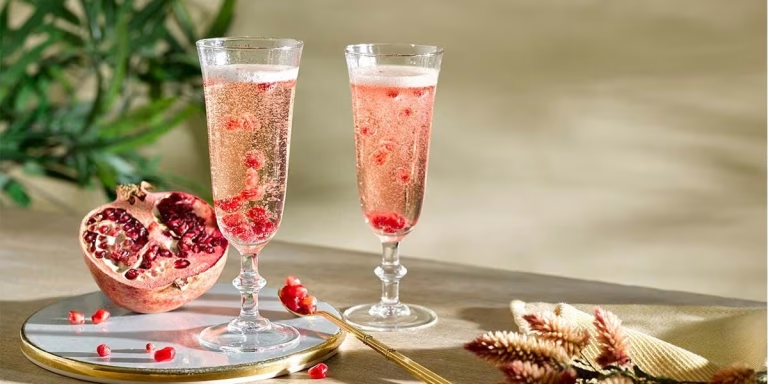Dirty, Dry, or Wet? Martini Variations Demystified

Few cocktails have inspired as much fascination and debate as the martini. Every variation seems to carry with it a philosophy, a preference, and sometimes even an attitude about how life should be lived. I’ve spent countless evenings at the bar, both behind and in front of it, experimenting with the differences between dirty, dry, and wet martinis. Each version carries its own story, personality, and charm, and the best way to appreciate them is by breaking them down without pretense.
The Classic Foundation
Before diving into the nuances of dirty, dry, and wet martinis, it helps to appreciate the foundation of this cocktail. At its heart, the martini is a blend of gin and vermouth, garnished with either an olive or a twist of lemon. That simplicity is deceptive, though, because small adjustments in ratios and ingredients can transform the entire experience.
The balance between gin and vermouth is what defines the style of martini you’re drinking. Too much vermouth, and the cocktail takes on a softer, almost wine-like character. Too little, and it becomes almost entirely a chilled glass of gin. For me, the magic lies in experimenting with those ratios to see how dramatically they alter the drink. That’s where the terms dry, wet, and dirty start to matter.
The Dry Martini
A dry martini is the most famous variation, often seen as the gold standard for sophistication. To call a martini “dry” means that very little vermouth is used in the mix, sometimes just a rinse of the glass or a few drops swirled and discarded. The star of the drink is the gin, which shines unchallenged with its botanicals taking center stage.
Drinking a dry martini feels like a crisp handshake. It’s direct, assertive, and unapologetic. I find it ideal when I want something that feels clean and bracing, especially with a lemon twist as the garnish. The citrus oils add a sharp brightness that plays beautifully against the concentrated character of the gin.
The dry martini has become a cultural symbol, tied to images of mid-century elegance, black-tie affairs, and literary heroes who swore by their cocktails. Yet despite its polished reputation, it’s surprisingly personal. Every bartender interprets “dry” a little differently, so asking for one often means you’ll get a drink that reflects the style of the person making it.
The Wet Martini
On the other side of the spectrum is the wet martini. A wet martini simply has more vermouth, sometimes nearly equal parts with gin, though not always quite that extreme. The result is a softer, more aromatic cocktail that feels less like a challenge and more like an invitation.
A wet martini highlights vermouth’s character in a way that often gets overlooked. Quality vermouth brings subtle herbal, floral, and slightly sweet notes that smooth out the sharpness of the gin. Drinking a wet martini feels like slipping into a well-worn chair it’s comforting, nuanced, and often underestimated.
I enjoy a wet martini most when I’m in the mood for conversation rather than intensity. It’s a drink that encourages slowing down, appreciating the balance, and savoring the quiet sophistication that vermouth adds. In fact, when I first tried a truly well-made wet martini, I realized how much potential vermouth holds when it isn’t just a background character.
The Dirty Martini
Then there’s the dirty martini, the version that tends to divide opinions most sharply. What makes it “dirty” is the addition of olive brine, which clouds the liquid and shifts the flavor toward savory, salty notes. Some people love that salty punch, while others find it overwhelming.
For me, a dirty martini is less about refinement and more about indulgence. It’s brash, flavorful, and satisfying in a way that feels almost decadent. The olive garnish becomes more than decoration it becomes a partner in the drink, complementing the briny complexity of the cocktail itself.
A dirty martini pairs perfectly with rich foods like cheese or charcuterie, where the saltiness of the drink enhances the flavors on the plate. It might not carry the same elegance as a bone-dry martini, but it has a loyal following for good reason. There’s something undeniably fun about embracing its boldness.
The Role of Gin and Vodka
Although martinis traditionally use gin, vodka has made its way into the conversation. Vodka martinis swap out botanicals for a cleaner, more neutral profile. For dry martinis, vodka puts all the emphasis on the cold, clean spirit. In a wet martini, it allows vermouth to shine even more. With a dirty martini, vodka becomes a blank canvas for the olive brine.
I find gin martinis more engaging because of their complexity, but I also understand the appeal of vodka martinis. Sometimes, you just want simplicity without the layers of flavor botanicals bring. The spirit you choose sets the tone for the entire drink, which is why I like experimenting with both depending on my mood.
Shaken or Stirred
No discussion of martinis would be complete without mentioning the debate over shaking or stirring. Stirring with ice is the traditional method, as it chills the drink while preserving its clarity and silky texture. Shaking introduces tiny ice shards and a slightly frothy consistency.
Personally, I prefer stirring for dry and wet martinis because it respects the smoothness of the ingredients. For a dirty martini, however, shaking feels right because the brine benefits from the extra aeration and blending. It creates a texture that matches the bold personality of the drink.
Garnishes That Speak Volumes
Even something as simple as garnish can redefine the martini. An olive brings richness and briny depth, while a lemon twist sharpens and brightens. Cocktail onions turn it into a Gibson, which is its own fascinating variation. I’ve found that garnishes aren’t just decoration; they’re the final brushstroke on the painting.
Choosing a garnish is about more than tradition it’s about personal preference and the mood you want to set. A lemon twist might pair better with a light, wet martini, while olives almost demand the spotlight in a dirty version.
Why It Matters
The martini may seem straightforward, but exploring its variations reveals how small changes create entirely different experiences. Whether you favor the crispness of a dry martini, the roundness of a wet one, or the salty boldness of a dirty version, each style reflects a different facet of the cocktail’s personality.
I enjoy revisiting these variations not only because of the flavors but because of what they represent. They remind me that even within simplicity, there’s endless room for interpretation. Every martini I order or make feels like part of a conversation that has been going on for over a century.
Final Reflections
Mastering martini variations is less about memorizing recipes and more about paying attention to how each shift in balance affects the drink. A splash more vermouth, a dash of brine, or a twist instead of an olive completely reshapes the experience.
When I think about martinis, I don’t see them as rigid categories but as invitations to experiment. The dirty, dry, and wet martinis are starting points, and from there, the possibilities are limitless. The beauty of the martini lies in its adaptability, its ability to be both timeless and endlessly personal.
So the next time you order or mix a martini, think about what you’re really craving. Do you want the sharp snap of a dry version, the rounded elegance of a wet one, or the savory indulgence of a dirty martini? Whatever your choice, each glass carries a little bit of magic, a reminder that cocktails can be as simple or as complex as we allow them to be.






